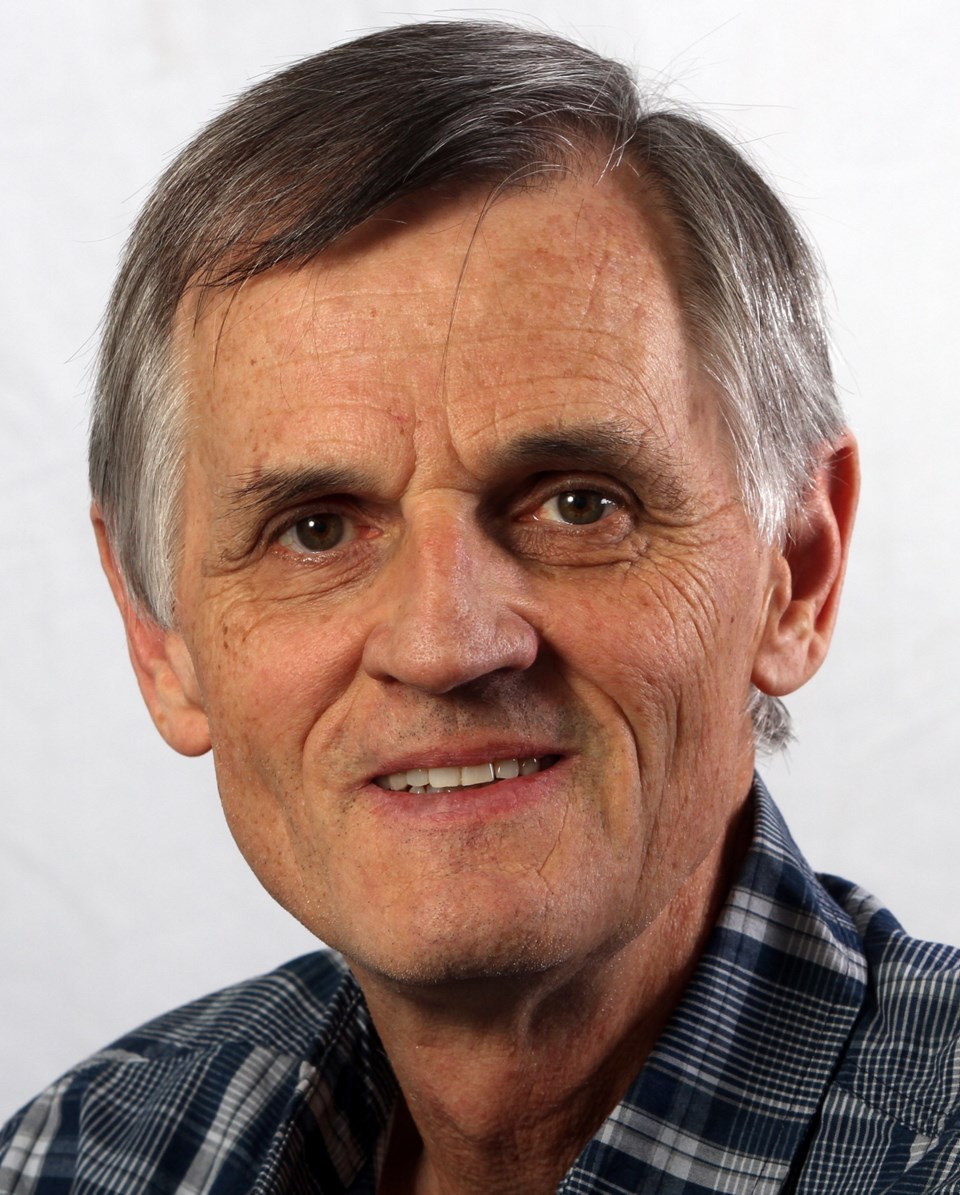 The phone call was urgent: “Grandpa, what do you do if you find a baby bird on the ground that can’t fly?”
The phone call was urgent: “Grandpa, what do you do if you find a baby bird on the ground that can’t fly?”
The immediate advice I gave my nine-year-old granddaughter (and occasional birdwatching partner) was to leave it alone. Fledglings often leave the nest a bit too soon, I told her, and the parents can continue to feed and watch over their young until they can fly on their own.
But this situation was complicated. My daughter was walking the kids home from school when they spotted the bird — a chestnut-backed chickadee, my granddaughter informed me — sitting in a bunch of grass near a busy Sooke Road crosswalk. It looked healthy and had feathers, but just hadn’t quite reached the point where it was certified to fly.
Leaving it alone, though, wasn’t a choice. Our conversation was interrupted by: “Mom, it’s gone onto the road!” In my mind, I saw my granddaughter, phone to her ear, rushing out into the traffic to save the bird. I tried to tell her to stay put, but she wasn’t listening to me. After a few moments, the issue seemed to have been resolved safely.
I found out later that a younger granddaughter had sneaked back to look at the bird, which had sent it fluttering into the traffic. My daughter made sure the kids were safe, then went onto the street to rescue the bird. A helpful truck driver, instantly assessing the situation, stopped and turned on his emergency flashers. The nine-year-old activated the pedestrian-crossing light so oncoming cars would also stop.
It’s interesting to contemplate that a piece of fluff about the size of a golf ball could bring a halt to all that traffic.
The bird was safely stowed in a shoebox (with a hole cut for air) and given some time alone. After a while, it poked its head out of the hole and started chirping. My daughter said she could hear other birds chirping, and assumed it was the parents and siblings of the captive bird, so she and the kids placed the shoebox in a tree at a safe distance from the road. The chick found its way out of the box and up into the branches.
“We think it’s still safe, because there is no evidence otherwise,” my daughter said. “We can still hear it and its siblings in the same tree when we walk by.”
That’s a happy development in an encounter between people and birds, and a memorable lesson for my grandchildren. It seemed to be the right combination of human intervention and letting nature do its thing.
Leaving nature to take care of itself should always be the first choice, but that isn’t always possible. The human factor is often what upsets the apple cart, so sometimes humans have to set things right again.
Take Scotch broom, brought to the Island in 1850. (Curse you, Walter Colquhoun Grant!) I have spent many hours cutting, pulling and piling broom, and we still have a couple of meadows to go. But where we have removed the broom, wonderful things have happened. The rocky slopes near our house, once dominated by broom, now host a natural mix of plants: fawn lilies, blue camas, red columbine, lupines, graceful saxifrage, a variety of mosses.
When I get tired of hacking away at broom, I stop to look at these natural gardens, and I’m motivated to keep up the fight. We can be partners with nature, rather than opponents.
Some people misunderstand that partnership. I refer to the misguided, thoughtless people who feed the feral rabbits at the Trans-Canada-Helmcken Road interchange. The rabbits have stripped much of the small area of its vegetation. They don’t belong there and would not survive in such numbers if people didn’t insist on setting out food and water for them.
That’s not kindness, it’s selfishness, in which a desire to be entertained by fluffy cuteness overtakes common sense and a regard for the natural order.
Humans are part of the natural world; we belong here, too. But we’re the only animals who are aware of how we affect the balance, and the only organisms who can consciously do something about it.
Sometimes that means intervening, but we should step as carefully as possible.


